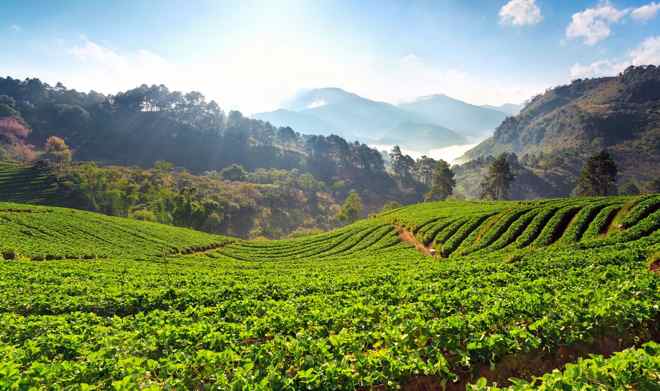Agroforestry combines agriculture and forestry practices to promote and enrich land use. According to the United States Department of Agriculture (USDA), this intentional integration of trees and shrubs into animal and crop farming systems can have environmental, social, and economic benefits.
2014 is the International Year of Family Farming and agroforestry can increase resilience for the world’s some 400 million family farmers. Agroforestry not only increases crop diversity, but also positively impacts bionetworks and biodiversity. The 2014 World Congress on Agroforestry will be holding a side affair, prearranged by the EverGreen Agriculture Partnership. This event will hub on disseminating EverGreen Agriculture technologies, which center on revitalizing land, battling desertification, and increasing family food production and income.
In Morocco, the High Atlas Foundation (HAF) has planted one million fruit bearing trees, benefiting local communities. It is estimated that this project has helped as many as 50,000 Moroccans increase their incomes and improve food security through the sale of fruit trees. Medicinal herbs, such as fennel, rosemary, and geranium are also being grown.
HAF is also promoting urban agriculture practices in Morocco. Farmers are learning how to become certified organic producers, which can help raise their incomes.












